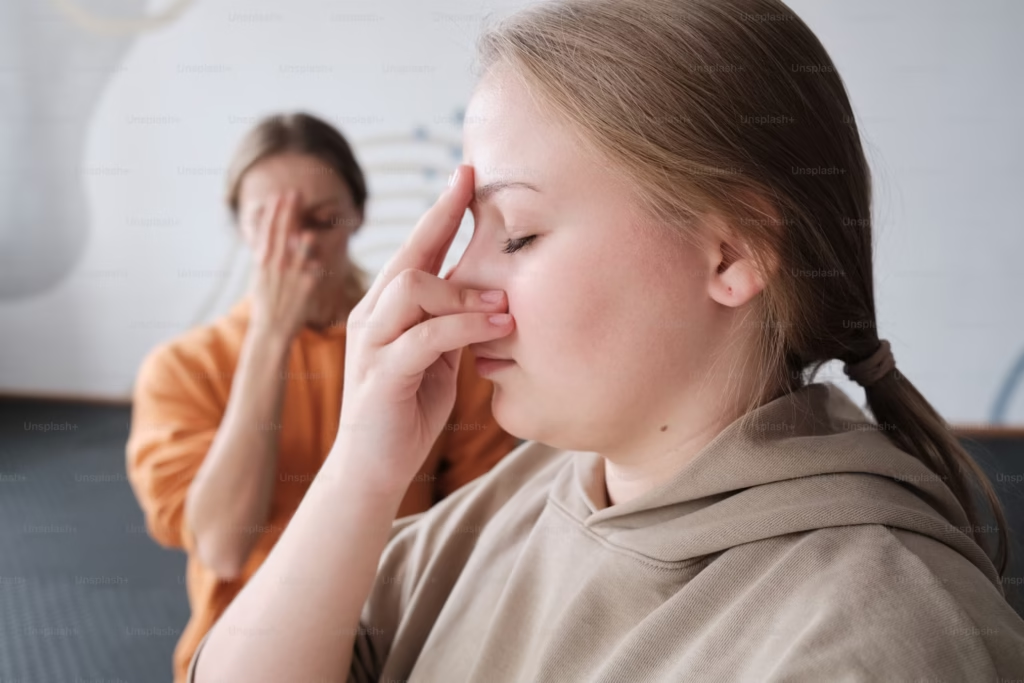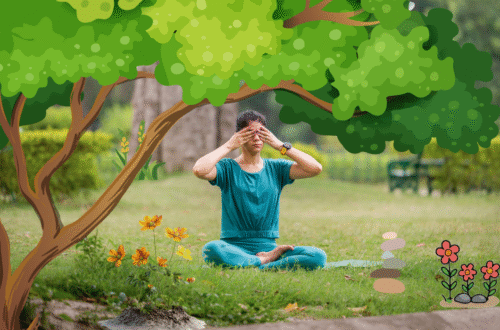Experience Mindful Meditation for Relaxation and Well-being
Breathing is the most fundamental act of life, yet few of us ever pause to consider how we breathe or the immense power hidden within each breath. As a dedicated Reiki practitioner, I practice mindful meditation for relaxation and well-being. I’ve witnessed how mastering a simple breathing technique can transform not only your meditation practice but your entire approach to health, relaxation, and mindful living.
In this comprehensive guide, we’ll explore the science and tradition behind various breathing techniques, their connection to meditation, and how you can harness the power of breath for relaxation, healing, and vibrant living.
Why Breathing Technique Matters
Breathing is more than just an automatic process; it’s a bridge between the body and mind. The way you breathe influences your nervous system, emotional state, and even your immune response. By consciously practicing a breathing technique, you can:
-
Induce deep relaxation
-
Enhance your meditation and mindful meditation
-
Improve focus and mental clarity
-
Support physical health and energy levels
-
Manage stress and anxiety
The Science Behind Breathing, Mindful Meditation and Relaxation
When you engage in controlled breathing exercises, you activate the parasympathetic nervous system-the body’s natural “rest and digest” mode. This leads to lower heart rate, reduced blood pressure, and a profound sense of relaxation. Studies have shown that consistent practice of deep breathing exercises and breathwork can improve sleep, reduce anxiety, and even boost immune function.
Mastering the Basics: How to Practice a Breathing Technique
Let’s begin with a foundational breathing technique that you can use anywhere, anytime:

1. Find Your Posture
Sit comfortably, with your spine upright but relaxed. Whether you’re on a chair, cushion, or park bench, ensure your feet are grounded and your hands rest gently on your thighs. This posture is ideal for meditation and mindfulness as well as for any breathing exercise.
2. Breathe with Awareness
Close your eyes or soften your gaze. Bring your attention to your breath. Notice the natural rhythm-don’t try to change it yet. This simple act is the essence of mindful meditation.
3. Deep Breathing
Inhale slowly through your nose, allowing your belly to expand. Pause for a moment. Exhale gently through your mouth or nose, letting your belly fall. Repeat this cycle for several minutes, focusing on the sensation of the breath.
This is the cornerstone of many relaxation exercises and is often used in meditation for beginners.
Popular Breathing Techniques for Relaxation and Meditation
Anulom Vilom Pranayama
Anulom Vilom is a classic yogic breathing technique known for balancing the mind and body. Here’s how to practice:
-
Sit comfortably for yoga and meditation.
-
Close your right nostril with your thumb and inhale deeply through the left nostril.
-
Close the left nostril with your ring finger, release your thumb, and exhale through the right nostril.
-
Inhale through the right nostril, then close it and exhale through the left.
Repeat for several cycles. The benefits of anulom vilom pranayama include improved lung capacity, mental clarity, and a deep sense of relaxation.
Box Breathing
Also known as square breathing, this breathing technique is popular in both meditation and mindfulness practices:
-
Inhale for a count of four.
-
Hold the breath for four.
-
Exhale for four.
-
Hold for four.
Repeat this cycle for a few minutes to calm the mind and body.
Breathwork and Deep Breathing Exercises
Breathwork encompasses a wide range of breathing exercises designed to release tension, elevate mood, and support emotional healing. Techniques like deep breathing, easy breathing, and breathing and exercise routines can be integrated into daily life for ongoing wellness.
The Role of Breathing in Mindful Meditation
Mindful meditation is the practice of paying attention to the present moment without judgment. The breath is the perfect anchor for this practice. By focusing on the sensation of each inhale and exhale, you cultivate present-moment awareness and foster a sense of inner peace.
During meditation, when your mind wanders, gently return your attention to your breath. This simple act strengthens your ability to focus and enhances the benefits of both meditation and relaxation.
Breathing and Exercise: A Dynamic Duo
Physical activity and conscious breathing go hand in hand. Whether you’re practicing yoga meditation, engaging in breathing and exercise, or simply taking a mindful walk, synchronizing breath with movement amplifies the benefits of both. Breathing strategies used in sports and fitness can improve endurance, reduce fatigue, and speed recovery.

Advanced Breathing Techniques for Meditation and Mindfulness
Meditation with Breathing and Exercise
For those seeking to deepen their meditation practice, breath awareness is essential. This involves observing each breath without altering it, noticing the subtle changes in temperature, texture, and rhythm. This form of meditation of mindfulness is at the heart of traditions like vipassana meditation.
Pranayama for Energy and Clarity
Yogic pranayama techniques, such as anulom vilom pranayama and deep respiration, are designed to channel life force energy (prana) throughout the body. These practices are often taught in meditation workshops and yoga meditation classes, offering profound benefits for body, mind, and spirit.
Practical Tips for Integrating Breathing Techniques into Daily Life
-
Start Small: Begin with just a few minutes of deep breathing each day.
-
Be Consistent: Regular practice is more effective than occasional long sessions.
-
Combine with Meditation: Use breathing exercises as a gateway to mindful meditation.
-
Use Reminders: Set alarms or place notes to remind yourself to pause and breathe.
-
Explore Guided Sessions: Many apps and online resources offer guided breathwork and relaxation exercises.
The Benefits of Breathing Techniques: What Science and Tradition Say
-
Reduces Stress: Conscious breathing lowers cortisol and promotes relaxation.
-
Improves Focus: Breathing exercises enhance concentration and cognitive function.
-
Boosts Immunity: Regular practice supports the immune system.
-
Balances Emotions: Mindful meditation with breath awareness fosters emotional resilience.
-
Enhances Physical Health: Improved oxygenation benefits every cell in the body.
Breathe your way to wellness and mindfulness.





